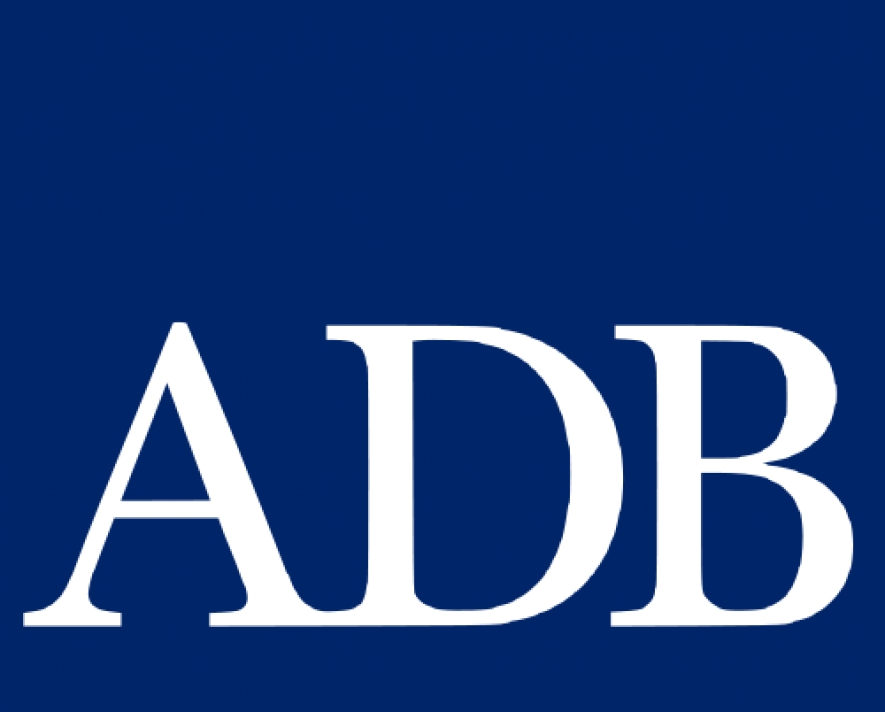In an update of its flagship annual economic publication, Asian Development Outlook 2014 (ADO 2014), released Thursday, ADB forecasts a GDP growth rate of 7.5% for Sri Lanka in 2014 as well as for 2015 while projecting the inflation to rise from a 5.0% this year to 6.0% next year.
The projection of 7.5% growth in 2014 is maintained despite the downside risk that a prolonged drought could affect growth in the second half.
GDP growth in Sri Lanka was consistently robust in the first half of 2014: 7.6% in the first quarter and 7.8% in the second, the report notes.
Growth in agriculture slowed to 0.2% in the first quarter as drought prevailed through most of the country but rebounded by 5.9% in the second quarter largely on favorable weather in tea-growing areas.
Faster growth in construction, textiles, and apparel maintained steady expansion in industry, which averaged 12.4% in the first half of the year.
Services grew by 6.5% in the first quarter but slowed to 5.7% in the second as high growth in hotels and restaurants moderated, as did wholesale and retail trade.
Inflation continued to moderate in 2014 from 4.4% in January to 2.8% in June but reversed slightly in August to reach 3.5%. While nonfood inflation remained flat, food inflation stepped up to 4.8% in August.
Though the drought may accelerate food inflation further in the second half of the year, the forecast of 5.0% average inflation in 2014 is maintained.
The balance of payments markedly strengthened in the first 6 months of the year. Exports grew by 16.8% as imports fell by 1.2%, generating a 20.1% reduction in the trade deficit to $3.5 billion.
All major exports - garments, other manufactures, tea, and other agricultural products -recorded double-digit growth.
Imports fell as moderate increases in consumer and intermediate imports could not balance a decline in investment goods. With thermal power generation increasingly deployed to offset hydro generation shortfalls on account of the drought, oil imports are likely to increase in the second half of the year.
Invisible earnings were buoyant, as tourism surged by 33.8% to $1.1 billion and workers’ remittances rose by 10.6% to $3.4 billion. Foreign direct investment doubled to reach $442.3 million.
With a substantial overall surplus, gross official reserves increased to $9.2 billion by the end of June 2014.
Bank lending rates fell in the first half 2014, but real interest rates remained stable as inflation moderated. There was only a slight increase in credit to the private sector through midyear.
Higher growth in credit to the private sector and investment in the second half of the year will be key to achieving sustained economic expansion as forecast at 7.5% this year and next, the ADB report noted.




















